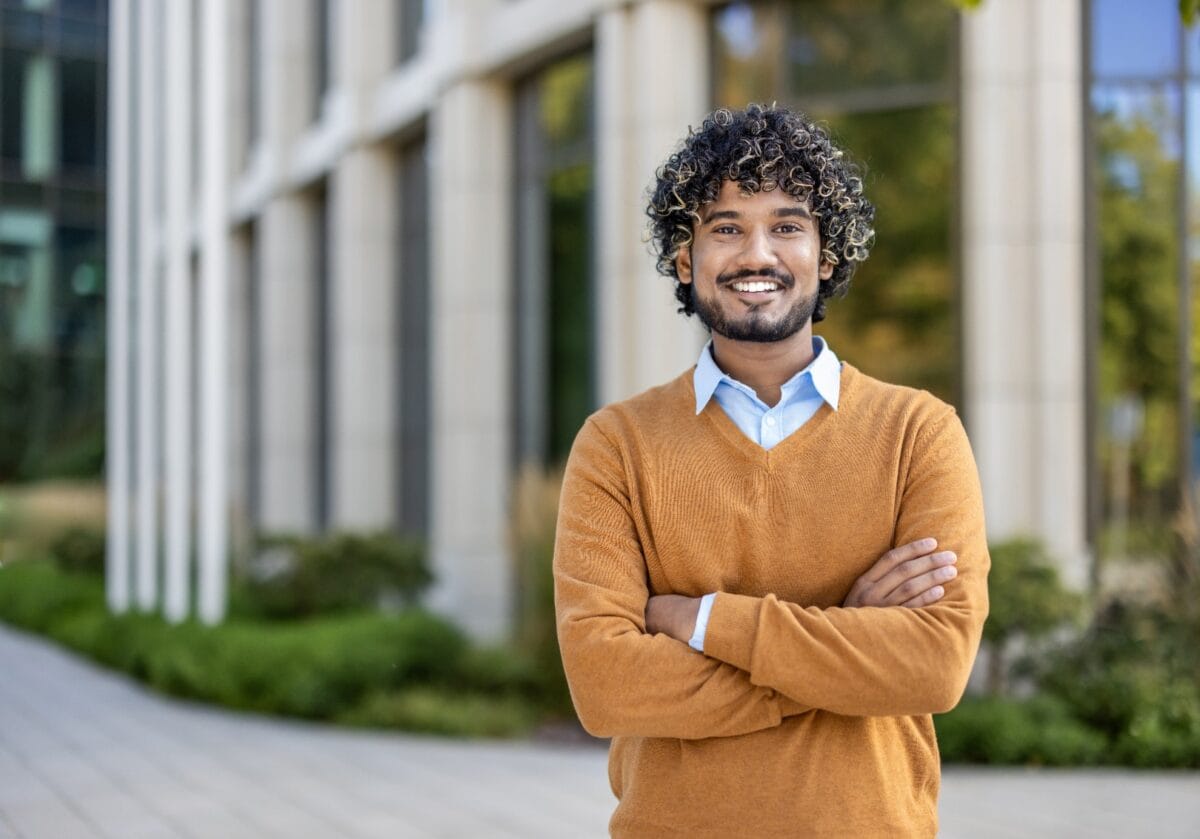Featured Post
Explore the Latest Posts
Search
Topic
Post Type
Audience Type
Author
The Critical Distinction Between Coaching Readiness and Coachability
Have you ever started coaching even though your instincts were signaling that…
La Dolce Vita in Coaching
“La dolce vita” in Italian means living a good, fulfilling life. It means…
How Media Exposure Can Grow Your Practice
You likely spend time scrolling on local news sites, exploring articles and…
Why Transformational Coaching Will Always Be Human
As artificial intelligence (AI) gains power and popularity, many coaches are asking,…
The Power of Self-Awareness in Coaching: Becoming the Professional Clients Trust and Transform With
This post comes from Dr. D. Ivan Young, an ICF Business Solutions…
Coaching as a Catalyst for Organizational Transformation
Imagine being able to report to stakeholders that your team spearheaded 86…
Are We Teaching Too Shallow?
In coaching and adult education, we often begin with the same question:…
Coaching for Growth at Alberta’s Municipal Climate Change Action Centre
It started with two colleagues sharing a passion for sustainability. Professional coach…
Trauma-Informed Coaching for First Responders: A Culturally Competent Approach
Understanding the Cultural Landscape of First Responders First responders, including police officers,…
To Coach and Human Better, We Must Stretch
To Coach and Human Better, We Must Stretch When I set out…
How Stress Impacts Leadership and How Coaching Can Help
How Stress Impacts Your Leadership and How Coaching Can Help Does Your…
The Power of First Impressions in Coaching
As a leadership coach, I am continuously reminded of the critical role…
Team Coaching Beyond Frameworks: Creating Space for Teams to Grow
The Call to Something More Many coaches reach a tipping point. They’ve…
Building Bridges: How Strong Relationships Elevate Coaching Impact
What if the biggest barrier to success wasn’t a lack of skill…




















